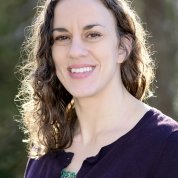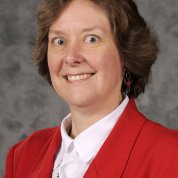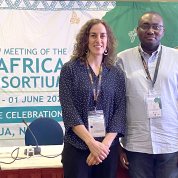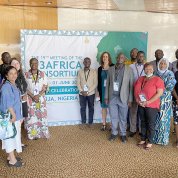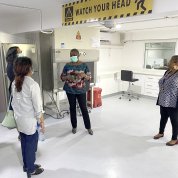10-Year Milestone
NIEHS Helps Sow Seeds for African Gene-Environment Research
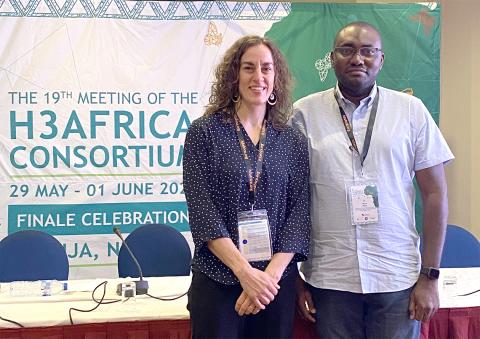
Photo: courtesy of Bonnie Joubert/NIEHS
Human Heredity and Health in Africa (H3Africa) recently met in Abuja, Nigeria, concluding a 10-year NIH Common Fund effort to spur a continent-wide genomic research collaboration.
A joint project of NIH, the Wellcome Trust and the African Academy of Sciences, H3Africa facilitates collection of data on African genetic and biological variants previously unrepresented in studies on the hereditary and environmental contributors to human health and disease.
“We are marking a 10-year milestone,” said Dr. Jennifer Troyer, H3Africa program director from NHGRI’s Division of Genome Sciences.
Environmental Factors in Africa
“During the first 5 years, they had to establish a genomic infrastructure before environmental health work could begin,” said Dr. Kimberly McAllister, health scientist administrator (program director) in NIEHS’s Genes, Environment and Health Branch.
McAllister, along with Dr. Bonnie Joubert, a program director in the NIEHS Population Health Branch, enabled the environmental health working group and developed workshops at past H3Africa meetings.
They encourage investigators to take the environment into account when trying to determine disease susceptibility. “There were quite a few population studies where there was potential to add environmental risk factors to their genomic studies,” McAllister said.
“The increased capacity for genomics research in Africa, with leadership from African scientists, has been a huge accomplishment,” Joubert added. “They can now investigate a deeper characterization of disease susceptibility by accounting for the impacts of both environmental and genetic risk factors. There are research paths available now that may not have been available 5 years ago—definitely not 10 years ago.”
Capacity-Building Research
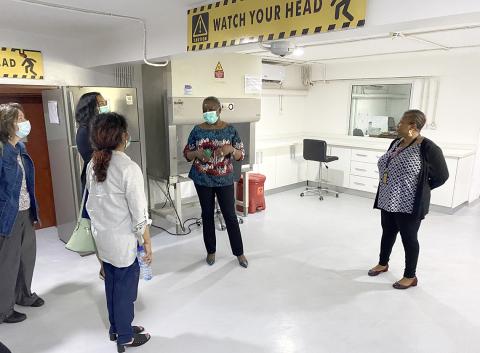
Photo: Bonnie Joubert/NIEHS
One in six people alive today lives in Africa, yet Africans have largely been left out of genomic health-related studies. Today, H3Africa has some 500 members and 445 trainees involved in 51 projects, including research sites in more than 30 African countries. More than 100,000 participants have been recruited for studies.
The H3Africa Biorepository (I-HAB)supports research capacity-building through three regional biorepositories located in Nigeria, Uganda and South Africa. Currently, the facility in Uganda is acquiring equipment and training to run environmental laboratory analyses to measure chemicals in biological and environmental samples—analyses that have historically been conducted in the U.S. or Western European laboratories. This information can be used to determine how environmental exposures affect health.
“All three biorepositories store biological and environmental samples,” Joubert explained. “And as planned from the beginning, researchers outside of H3Africa can now submit requests to utilize these samples to test new hypotheses. In Uganda, the biorepository has expanded current laboratory capacity to run exposure analyses without relying on international partners, a huge advancement that will enable even more African-based and African-led research.”
Working group members recently visited the Institute of Human Virology, Nigeria (IHVN), and toured I-HAB, directed by Dr. Alash’le Abimiku.
A presentation by McAllister and Joubert in Abuja summarized the environmental health working group’s accomplishments, while looking to the future.
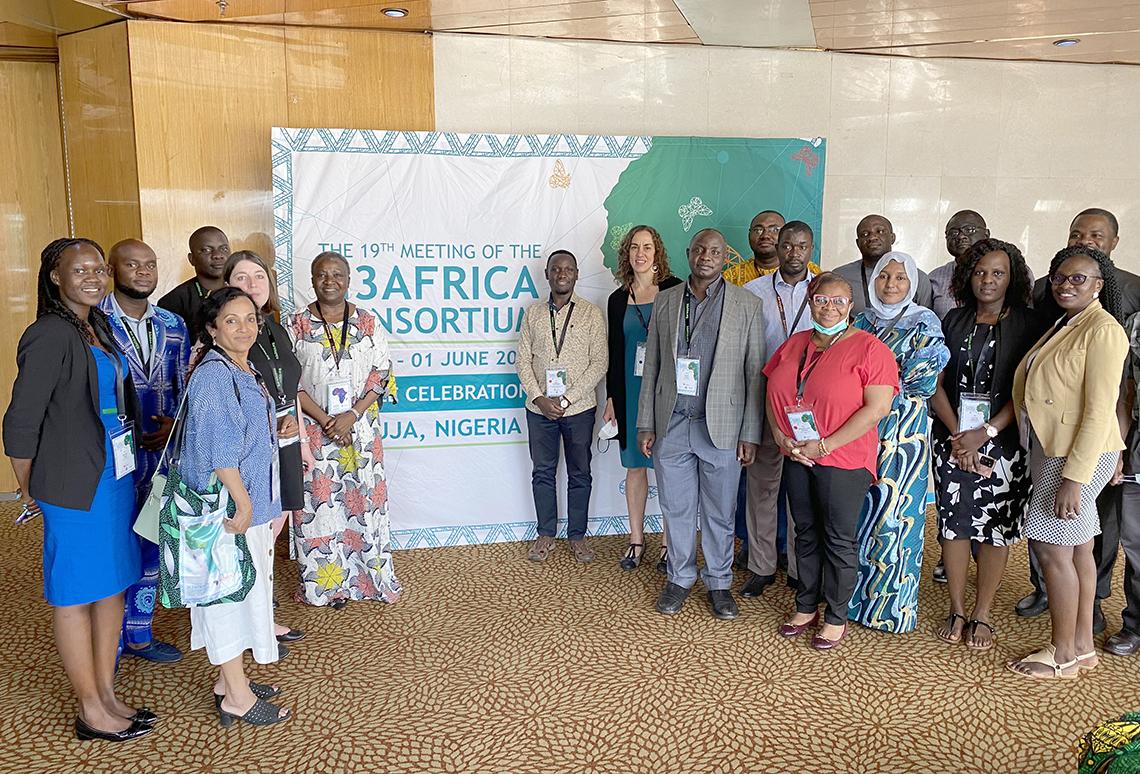
Photo: Bonnie Joubert/NIEHS
Highlights included an overview of the working group’s original goals to increase awareness of environmental health and integrate the environment with genomics research in Africa, enable collaboration and knowledge sharing and explore funding opportunities.
NIEHS also hosted several webinars focused on environmental health in Africa with guest speakers from around the world.
“Opportunities are still expanding,” said Joubert. “We are at a pivot point where projects can now include more environmental data in their genomics projects or consider ancillary work focusing on environmental health research. They have a strong foundation from which to build.”
“There was a lot of emphasis on the sustainability of the African scientists and their projects,” McAllister added. “We have worked hard to keep up their momentum and inform them of potential funding opportunities. We are hoping a whole bunch of little seeds have been planted.”

